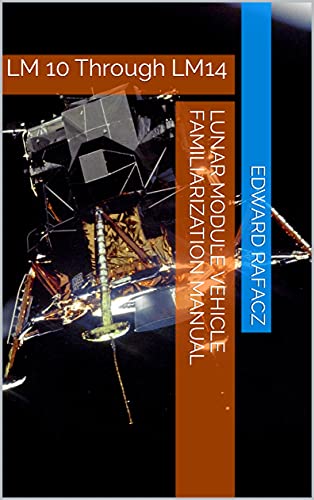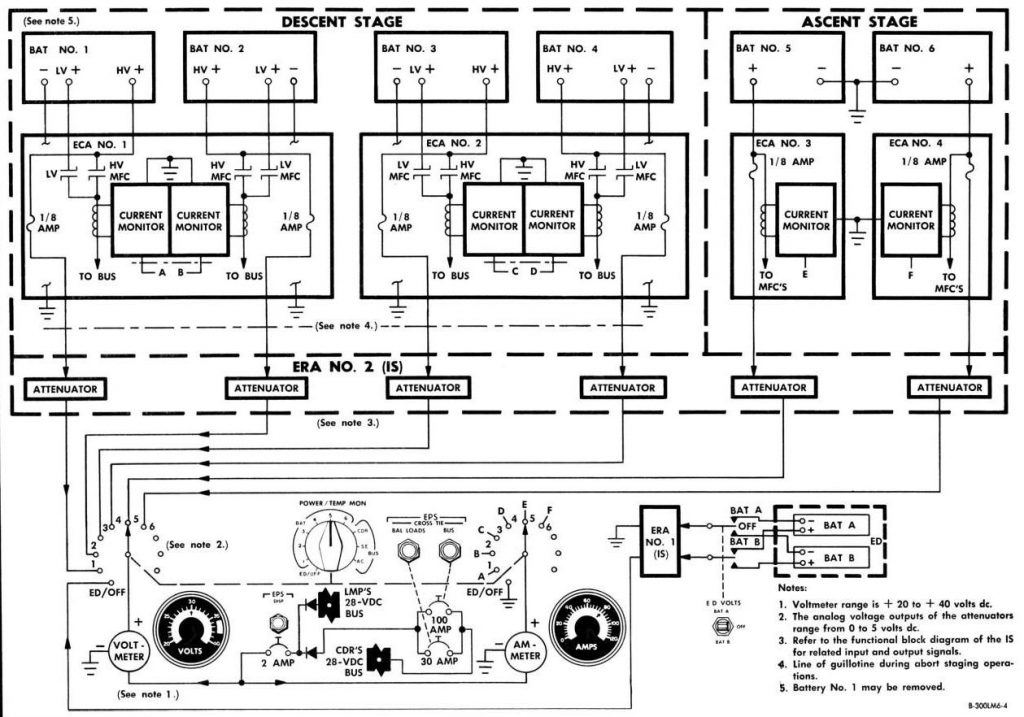Illuminating Apollo, the Battery Talkback Display: The Intricate Dance of Descent Power Systems
Introduction
Welcome back to Spacecraft Guide, your portal to the inner workings of the most iconic spacecraft in history! In this episode, we delve into the lunar module’s electronic talkback displays, particularly focusing on the Descent Power Systems Engineer Battery Talkback Display. Join us as we unravel the ingenious mechanisms that played a crucial role in the Apollo missions.

Understanding the Jargon: SE and LM Pilot
Before we dive into the technicalities, let’s decode the jargon. SE stands for Systems Engineer, a term used interchangeably with Lunar Module (LM) Pilot. When you see SE or LM Pilot, think of the individual responsible for navigating the lunar module through the vastness of space.
Deciphering the Descent Battery Talkback Display
Click on the ball, and you’ll land on the Descent Power SE Battery Talkback page. This display is no ordinary interface; it’s a visual language that communicated the condition of the specified descent battery. A quick glance could tell the pilot if the battery was online with high voltage, low voltage, or if it was offline, indicated by the notorious barber pole.
- Gray Display: Indicates the respective descent battery is online with high voltage or a high voltage tap.
- Gray with Low Display: Indicates the respective descent battery is online with a low voltage tap.
- Barber Pole: Signals that the respective descent battery is offline, providing no power to the lunar module.
Talkbacks: Mechanical Wonders of the Apollo Era
The talkback system, an electromechanical marvel of its time, worked as an indicator of power availability. When power flowed through the circuit, the device remained gray. However, when the battery could no longer supply power, the display turned white with a diagonal black line or, as affectionately known, the barber pole.
Acknowledgments to Apollo Education Experience Project
Our insights into the talkback displays were made possible by the Apollo Education Experience Project at apolloexperience.com. The visual aids provided by this project have been instrumental in understanding how these displays facilitated communication between the astronauts and mission control.
Jim Lovell and the Power of Information of the Battery Talkback Display
These displays weren’t just technical novelties; they were lifelines in the vastness of space. Jim Lovell’s quick assessments of the Odyssey’s condition, relayed effortlessly to Capcom, demonstrated the real-world impact of these displays.
Join the Cosmic Conversation
Did this exploration into the electronic talkback displays ignite your curiosity? Like, share, and subscribe to keep the cosmic journey alive. Your engagement fuels our passion for unraveling the mysteries of space.
Patreon: Unveil More Cosmic Secrets
For those hungry for more, our Patreon page (linked below in the show notes) is your backstage pass to deeper insights, exclusive content, and a community of fellow cosmic enthusiasts. Join us as we continue to push the boundaries of celestial exploration. patreon.com/sivrmuseum
Conclusion
As we wrap up this cosmic odyssey, we invite you to stay connected. Your support and curiosity drive us to bring the wonders of space to your screens at Blog – Spacecraft Guide. Until next time, keep your eyes on the stars!
#SpacecraftGuide #ApolloMissions #LunarModule #ElectronicDisplays #SpaceExploration #PatreonCommunity





